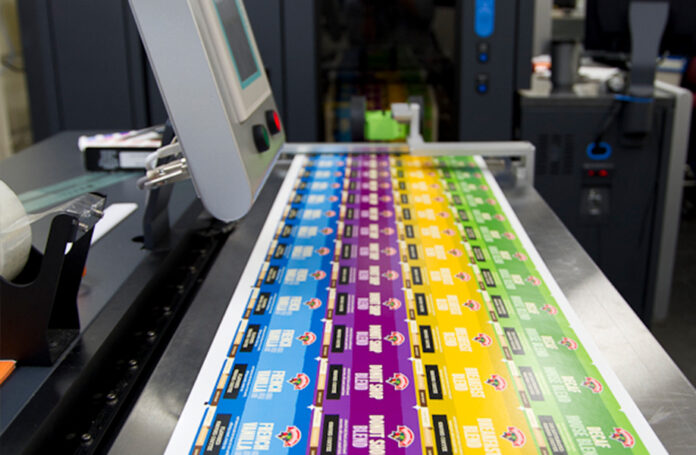
As much as you desire highly functioning products with attractive, well-branded packaging, you can’t overlook the printing process. Printing techniques have gone a long way owing to brilliant technological advances. Thanks to a diverse assortment of printing techniques, you may select a printing technique based on your budget, volume, and quality.
Flexography (also known as flexo print) and digital printing are two typical print manufacturing technologies used to create personalized product labels. While both processes offer benefits and limitations, companies must consider a number of essential aspects when deciding which print method is best for their project.
Let’s have a look at some of the different factors to see which one is best for you.
Digital Printing
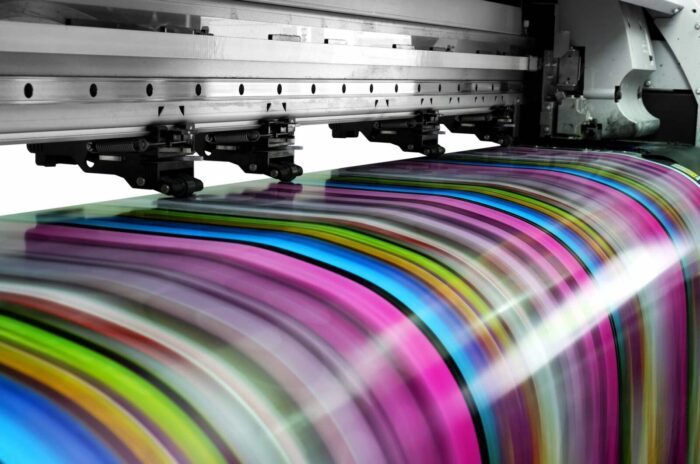
Simply put, digital printing is the process of transferring an image or text onto various surfaces using inkjet or laser printer technology. Pigment or toner is applied to different materials, including paper, canvas, fabrics, glass, etc. Digital laser exposure onto photographic paper is a less-common option for reproducing the desired image.
Small-run works from desktop publishing to other digital sources that are produced on large-format or high-volume laser or inkjet printers are referred to as digital printing. The cost per page of digital printing is higher than that of traditional printing technologies. However, you save money by skipping all the technical stages involved in creating printing plates.
It is the best option if you’re trying out new label designs, changing old labels, or printing a lot of variable data. There are no minimum requirements for small or large batches. When it comes to setup, digital printing saves time and money.
Flexo Printing
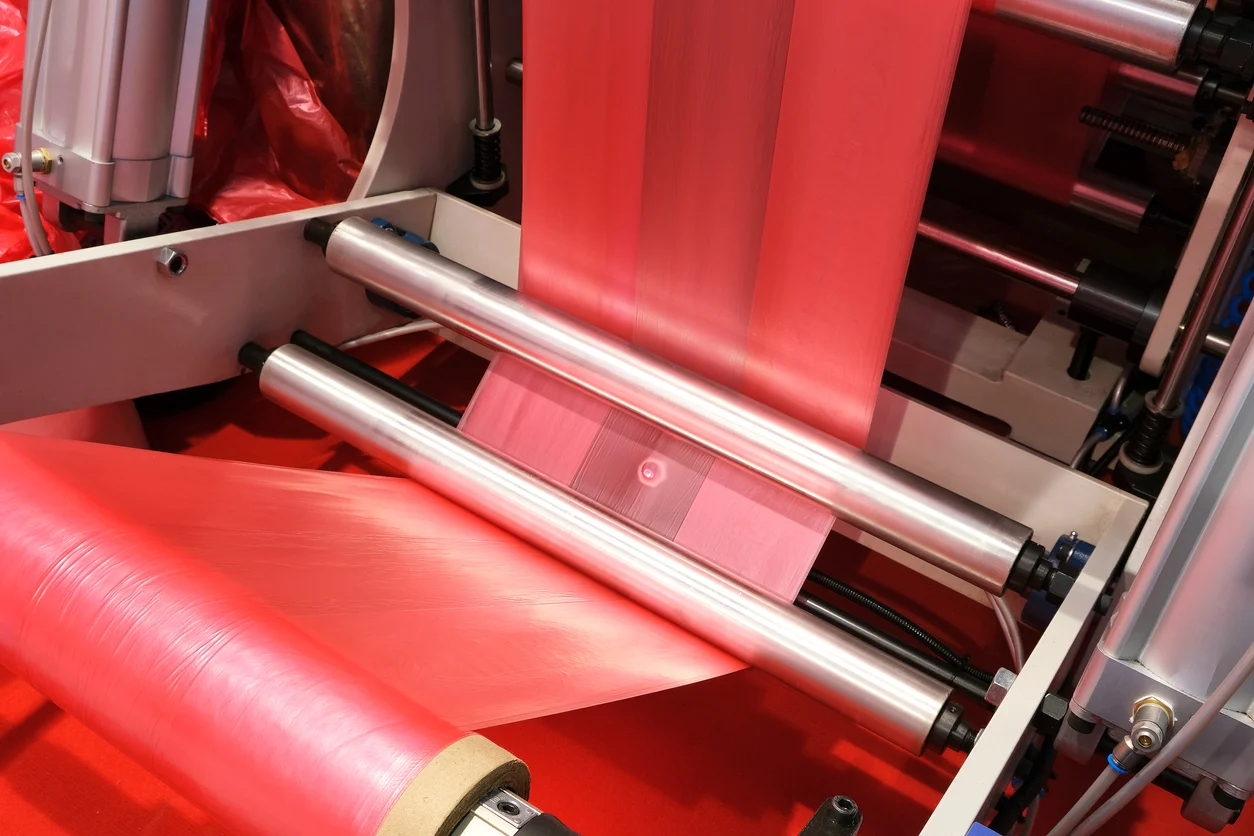
Flexography, sometimes known as “Flexo,” is a type of printing that is comparable to offset printing. In the case of flexo printing, ink is transferred straight from the plate to the substrate, which in this case is paper or another material used for packaging. It’s easy to visualize it as if you’re stamping something; the plate serves as the stamp. The plate can only contain one color, much like in offset printing; therefore, you’ll need four distinct plates if you’re utilizing the CMYK color system.
Flexo printing can handle significant volumes and is far less expensive than offset printing because it does not require an additional medium during the printing process. However, the print quality is inferior to offset printing, and generating elaborate drawings and various colors would be difficult. Plastic pouches and food wrappers are frequently printed using the technique. For your flexo printing needs, visit FlexStor.
Difference Between Flexo And Digital Printing
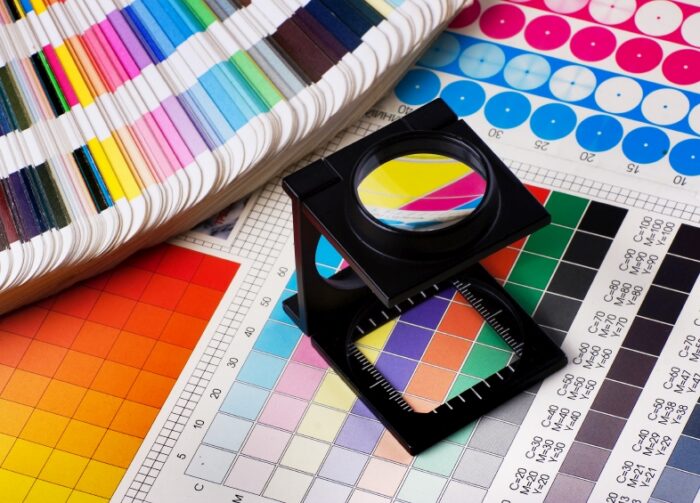
-
Cost
You can probably see where certain advantages and disadvantages for printing digital vs. flexographic labels emerge from these basic definitions of the two different techniques. First and foremost, digital printing is less expensive upfront because it only requires a computer and an inkjet or laser printer. However, supplies and upkeep can add up over time, making the printing process costly. Large-scale projects requiring more than 45,000 copies are not suited for digital printing.
On the other hand, flexography is far more expensive to implement due to plate manufacturing, equipment, and assembly. Plates, cylinders, rollers, and dryers are among the many components of such a press. Buying all of the equipment upfront can be more expensive than the labels themselves. Even yet, once you’ve made the initial investment, flexographic printing of labels or other media is substantially less costly if you’re printing more than 45,000 labels or other media.
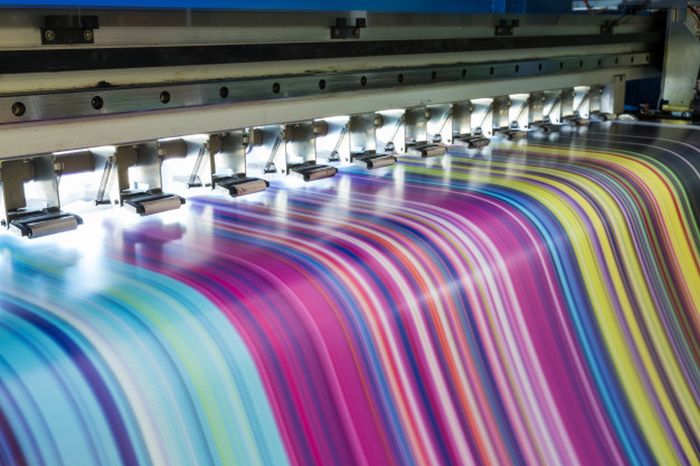
-
Ink Usage
If you’ve ever bought toner for a laser or inkjet printer, you’re well aware that you’re getting three colors in one package. These dyes are blended during the process to offer the best match of the computer images you’re reproducing, whether they come in a single cartridge or separately. Of course, standard printers print on paper, but specialized machines that can handle fabric, glass, metal, tile, and other materials are also available. However, these substrates may have an impact on the color quality and ink shade.
Flexographic printing offers a more comprehensive range of ink solutions that may be tailored to the substrate you require. Your colors will stay accurate and dry rapidly whether you use a water-based, solvent-based, vegetable-based, or other formulation. Some UV-curable inks dry quickly and can be handled right away. Furthermore, because flexographic printer ink trays are simple to fill, expensive toner cartridges are not required.

-
Turn Around Time
With digital label printing, all you have to do is find an image or text file on your computer and click print. Of course, there are equipment maintenance, ink or toner refills, and other issues that could delay your print job, but they don’t make much of a difference. However, digital labels typically have a faster turnaround time than flexographic labels when printing a few thousand labels or less.
Flexography, on the other hand, takes longer to accomplish a task. Because the printing plate is created, the ink tank is filled, and the ink roll and plate cylinder are assembled before each work, the turnaround time is longer. However, you should think about the scope of the project you’ll be working on.
When compared to the fact that you’re creating tens of thousands of labels, the time spent setting up a lengthier run is small. Consider printing 45,000 labels on your digital printer, and you’ll realize why flexographic label printing is superior to digital label printing.
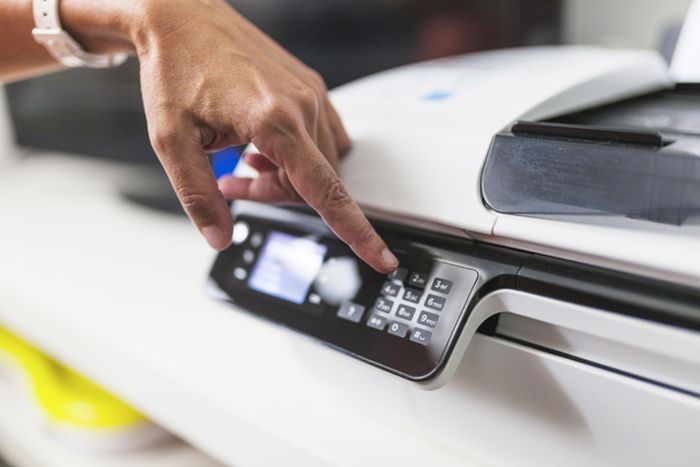
Conclusion
After weighing the advantages and disadvantages of digital vs. flexographic label printing, it’s preferable to make a selection based on the pros and cons. Flexography is the best solution if your company has a lot of printing needs, such as thousands or millions of units.
Your initial costs may be high, but when compared to digital, the turnaround time on large-scale projects is short. It would help if you also thought about the surfaces you want to print on, as flexographic printing has virtually endless possibilities. Digital printing provides advantages as well, but the disadvantages can be prohibitive.
















